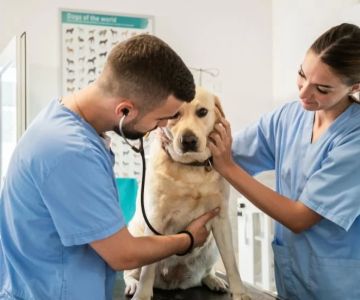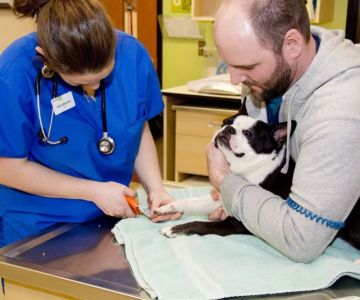- 1-Methods-Used-to-Estimate-a-Stray-Cats-Age
- 2-Factors-Affecting-Accuracy-in-Age-Estimation
- 3-Real-Life-Case-Studies-and-Veterinarian-Insights
- 4-Why-Accurate-Age-Determination-Matters-for-Stray-Cats
- 5-Choosing-the-Right-Veterinary-Services-for-Stray-Cats
- 6-Next-Steps-for-Pet-Owners-and-Animal-Rescuers
Methods Used to Estimate a Stray Cat’s Age
Veterinarians employ a combination of physical examinations and diagnostic techniques to estimate the age of a stray cat. Since stray cats often lack medical history, vets rely on observable indicators such as teeth condition, eye clarity, coat quality, and muscle tone.
For example, dental examination is one of the most reliable methods. Kittens have baby teeth that erupt and fall out at known intervals, while adult cats show varying degrees of wear, tartar buildup, and tooth loss, all of which help narrow down their age range. Additionally, veterinarians assess the eyes for changes like iris texture and lens cloudiness that typically occur with aging.
Other subtle clues include coat color and texture—older cats often develop a grayer or duller coat—and the condition of their joints and muscles, which may show stiffness or atrophy in senior cats. Combining these physical signs allows vets to provide a fairly accurate age estimate despite the unknown background of the cat.
Factors Affecting Accuracy in Age Estimation
While veterinarians can estimate a stray cat’s age with reasonable confidence, the accuracy depends on several factors. Health status plays a significant role; malnourished or ill cats might exhibit signs typical of older cats, skewing estimates. Environmental conditions like exposure to harsh weather can also accelerate physical aging signs.
Moreover, individual variation means that some cats age differently—some may retain youthful features longer, while others age prematurely. Veterinarians therefore emphasize age ranges rather than exact years when evaluating stray cats, providing caretakers with practical guidance rather than a definitive number.
Advanced tools such as blood tests measuring specific biomarkers have been explored but are not yet widely used in routine stray cat assessments, meaning most age determination relies heavily on clinical expertise and experience.
Real-Life Case Studies and Veterinarian Insights
One recent case involved a stray cat found near an urban shelter, brought in with unknown history. The attending vet combined a dental exam and behavioral assessment, concluding the cat was approximately three years old. This estimate helped the shelter tailor vaccinations and spay/neuter timing effectively.
Veterinarians often share stories like these to illustrate the practical application of age estimation techniques. For instance, a senior cat rescued from harsh conditions initially appeared older, but further assessment showed a younger biological age, which influenced the treatment plan positively.
These examples highlight that while “can a veterinarian tell a stray cat’s age accurate” is a common question, the answer is nuanced: vets can estimate age reliably enough to inform care decisions, even if the exact birthdate remains unknown.
Why Accurate Age Determination Matters for Stray Cats
Knowing a stray cat’s age is crucial for delivering appropriate veterinary care. Age influences vaccination schedules, diet recommendations, and screening for age-related diseases such as kidney disease or arthritis. Accurate age assessment also helps rescue groups prioritize resources and plan long-term care strategies.
Furthermore, understanding a cat’s age can improve adoption success. Prospective owners feel more confident when they know the expected life stage and care needs of the cat, leading to better matches and fewer returns.
Choosing the Right Veterinary Services for Stray Cats
When deciding where to take a stray cat for age estimation and care, it’s important to choose veterinary clinics experienced in working with strays and feral animals. These vets are skilled at handling unknown backgrounds and can provide comprehensive health assessments beyond just age determination.
Look for clinics that offer integrated services like dental care, vaccinations, spay/neuter programs, and wellness plans tailored to the unique needs of stray cats. Such clinics enhance the chances of successful rehabilitation and adoption.
Next Steps for Pet Owners and Animal Rescuers
If you have found a stray cat and wonder “can a veterinarian tell a stray cats age accurate,” the best action is to schedule a full veterinary checkup. The age estimate will guide you through appropriate vaccinations, nutrition, and care plans.
Investing in professional veterinary services ensures the stray cat receives the best possible start toward a healthy life. Clinics offering detailed age assessments and personalized care packages help maximize your stray cat’s wellbeing and longevity.
Consider exploring veterinary clinics with strong reputations for stray and feral cat care to benefit from expert knowledge and compassionate treatment. Taking this step not only improves the cat’s quality of life but also supports responsible pet ownership and community animal welfare.









